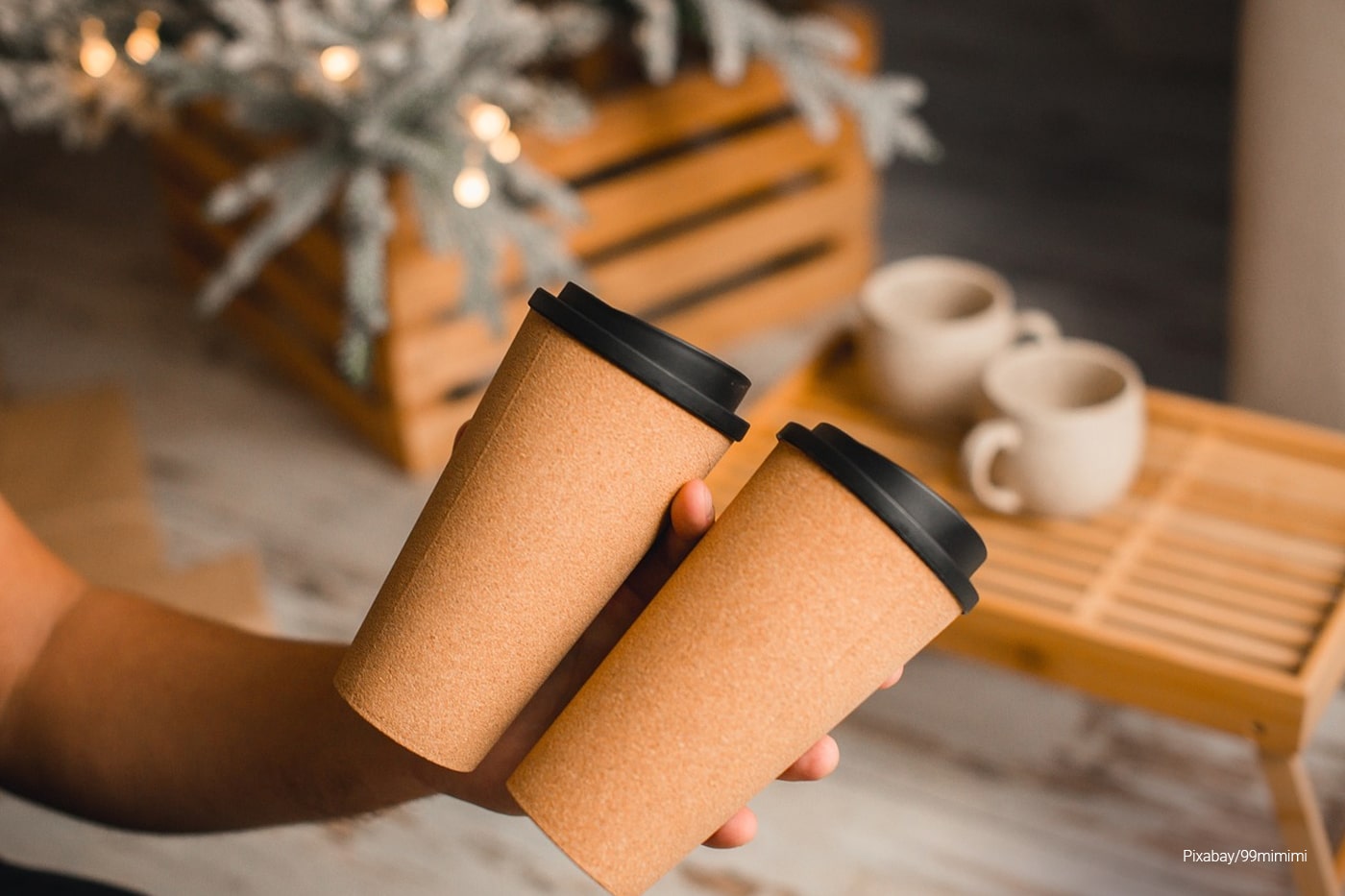From plastic food packaging to candy wrappers, where do you think trash ends up? Each year, the US alone generates 230 million tons of garbage; the majority of the trash is either incinerated or buried in landfills. Only about one-quarter of the trash that US produce is recycled.
Contents []
The Great Pacific garbage patch, which is a massive plastic garbage floating halfway between Hawaii and California, has grown to 1.6 million square kilometers or about thrice the size of France. The worst part? This floating patch of trash is just one of the five offshore plastic accumulation zones in the world's oceans. We are faced with a worsening garbage problem and yet, there is no real way of cleaning up the oceans and eliminating plastic trash. With 2.41 million tons of plastic garbage choking marine life, finding better alternatives to single-use plastic products is more important than ever before.
What are Biodegradable Disposables Made of?

Most biodegradable plates and compostable disposables are made from bagasse, bamboo, recycled paper, cornstarch, and even fallen leaves. ECO Gardener’s range of biodegradable plates is made from untreated, plantation timber that’s 100% sustainable and earth-friendly. Since these products are not chemically treated, they are suitable for kids and young children.
Why Switch to Biodegradable Plates and Compostable Disposables?
Most of the garbage that ends up in landfills and oceans is made up of plastic food packaging. Using biodegradable products may reduce the trash that ends up in landfills and the world’s oceans.
Unfortunately, food and plastic packaging manufacturers are finding more and more reasons for using plastic food packaging. Plastic is widely used because it’s a cheap and accessible material. Disposable containers are convenient to use but their negative impact on the environment cannot be ignored. It is also worth noting that single-use plastic products are not made from sustainable materials. It will also take a long, long time before plastic materials decompose so using these will only add up to our growing trash problem.
Biodegradable plates and compostable disposables are just as convenient to use as single-use plastic products sans the negative impact on the environment. These products do not deplete the earth’s natural resources. Biodegradable plates and compostable disposables will not harm the environment because they will break down completely once discarded.
Benefits of Using Biodegradable Plates and Compostable Disposables

Environmentally Friendly Entertaining
If you have guests over or you are hosting a party, you’ll probably use a lot of plates and cutlery. Rather than using plastic plates, plastic spoons and forks, use paper plates and wooden cutlery. These products are just as useful as traditional plastic plates and cutlery but they are more eco-friendly.
Plates and cutlery made from biodegradable materials are more environmentally friendly because these do not leave behind toxic chemicals or residues. In addition, these products degrade over time, releasing earth-friendly nutrients back into the soil. Sure, biodegradable plates and wooden cutlery may be more expensive than single-use plastic products but the price difference is quite small. It’s just a small price to pay for hosting an environmentally sound party!
Easy Composting
Got your own compost? Making your own compost is a great way to transform kitchen and yard wastes into something useful for the garden. You can also sell your own compost; it’s a great way to boost your earnings. Using eco-friendly plates and cutlery makes composting much more convenient. You can simply toss the discarded biodegradable plates into your compost bin. This makes post-party cleanup much easier too.
When adding discarded biodegradable plates to your compost, make sure the plates do not have food residues on them. Also, do not add too many biodegradable plates in one bin to avoid disturbing the balance of the compost pile. Our advice is to designate a place where guests could discard the biodegradable plates they have used. Simply let your guests know about the spot and why it’s important to discard the plates properly.
Energy Efficient
Did you know that making biodegradable plates and compostable disposables are more energy efficient compared to manufacturing single-use plastics? Plates and cutlery that degrade require less energy to be manufactured. In addition, the materials used for biodegradable plates and cutlery are renewable so they will not deplete the earth’s natural resources. Usually, these products are made from sugarcane, bamboo, corn, etc.
In addition, manufacturers of biodegradable products are more mindful of their own carbon footprint and are likely to take steps to reduce the greenhouse gases they produce. Using biodegradable plates and compostable disposables will definitely reduce your carbon footprint too.
Non-Toxic
Plastic products, particularly food packaging, are notorious for leaching toxic chemicals to food. That’s because single-use plastics are treated with a cocktail of chemicals including dyes, bleaches, and inks. Some of these products are safe, others not so much. For instance, plastic bottles release harmful chemicals like Bisphenol A when exposed to hot drinks. These chemicals affect the endocrine system, causing a variety of health problems ranging from hormonal imbalance, metabolic problems, to certain cancers.
The same thing cannot be said for biodegradable disposables. These products are plastic-free; they are made from plant-based materials that are 100% safe and earth-friendly. Because biodegradable disposables are made from non-toxic materials, you can enjoy your hot meals and drinks without worrying about chemicals making their way into your food.
For your next party, make the switch to disposables. Biodegradable disposables are the perfect alternative to plastic or Styrofoam plates and utensils.
ECO Gardener offers a great selection of biodegradable plates made from chemical-free materials!
Found these tips helpful? Join our growing community by signing up for our newsletter today. It’s easy! Get the latest gardening tips and helpful resources as well as exciting discounts when you sign up to our mailing list.



